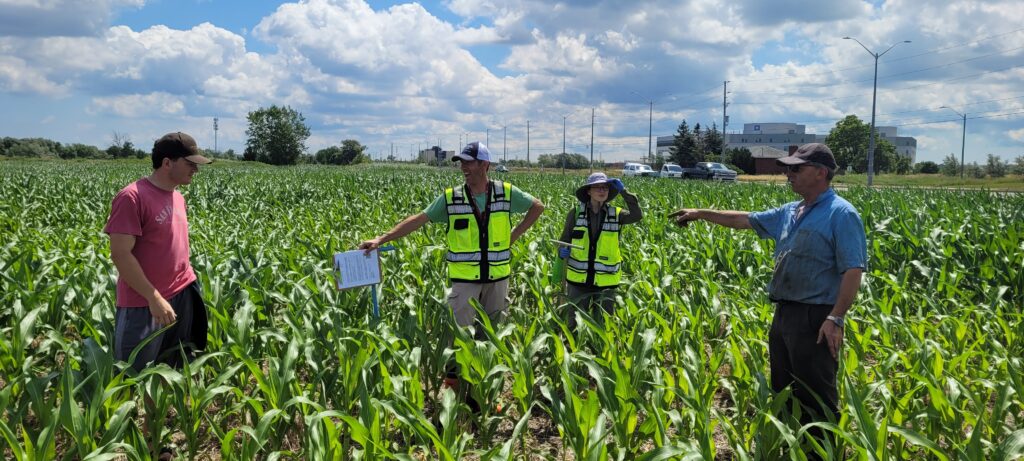Mark Twain’s classic novels “The Adventures of Huckleberry Finn” and “The Adventures of Tom Sawyer” have long been beloved by readers for their vivid descriptions of life on the Mississippi River. But did you know that these stories can also serve as a metaphor for the evolution of agriculture?
Huckleberry Finn, with his love of nature and his disdain for societal conventions, represents the principles of regenerative farming. He is the embodiment of the traditional, sustainable agricultural practices that have been used for centuries. He is in tune with the natural rhythms of the land and understands that the health of the soil is the foundation of a healthy ecosystem.

On the other hand, Tom Sawyer represents the conventional farming practices that have become the norm in recent years. He is more interested in impressing others and appearing sophisticated than in truly understanding the land. He is willing to use chemicals and other artificial means to achieve a quick result, without considering the long-term consequences for the soil and the environment.
The contrast between Huck and Tom is a stark reminder of the choices we face as a society. We can continue down the path of conventional farming, with its focus on short-term gains and disregard for the health of the land, or we can choose to follow the example of Huck Finn and embrace regenerative agriculture.
Regenerative agriculture is not just about producing food, it is about creating a healthy and sustainable ecosystem. It involves practices such as cover cropping, crop rotation, composting, animal integration and the use of beneficial microorganisms to improve soil health. These practices not only improve crop yields, but also help to sequester carbon, reduce erosion, and protect water resources.
In contrast, conventional agriculture relies heavily on chemical inputs such as synthetic fertilizers and pesticides. These inputs can have negative impacts on the environment and human health. They can also lead to the loss of biodiversity and a decline in soil health.
As consumers, we have the power to drive change by choosing to support regenerative farmers. As farmers, we have the responsibility to care for the land and to leave it in better condition for future generations. By choosing regenerative agriculture, we can all be like Huckleberry Finn, working in harmony with nature to create a healthier and more sustainable world.
In conclusion, regenerative agriculture is not only a viable alternative to conventional farming, but it’s the future of agriculture and the way to improve the health of our planet. It’s a way of farming that not only produces healthier food but also improves the health of the soil, water and air, and supports the biodiversity. It is a win-win situation for farmers and consumers and it’s the best way to ensure food security for future generations.
